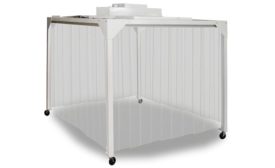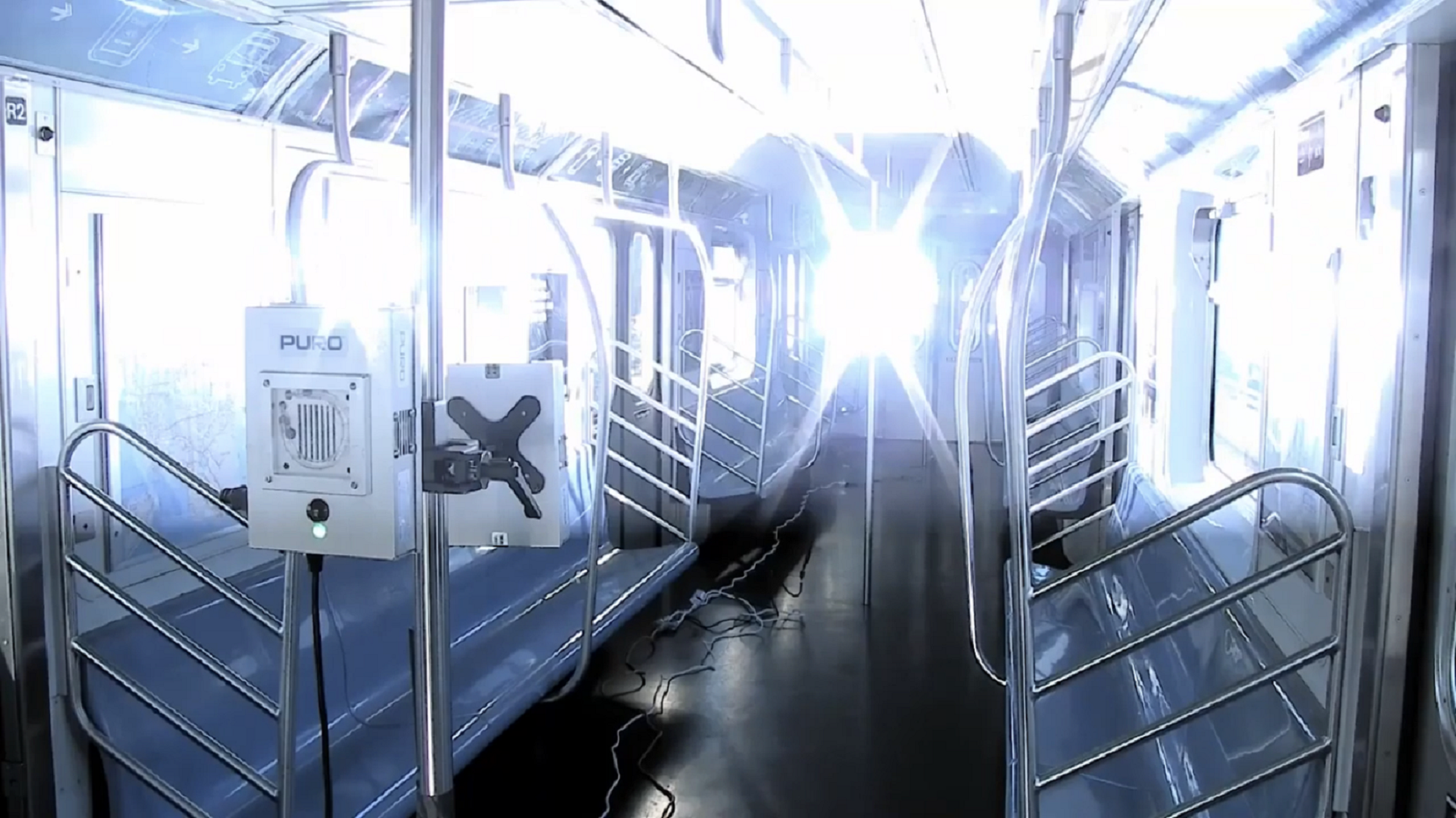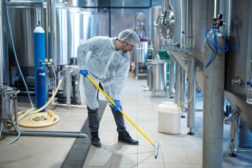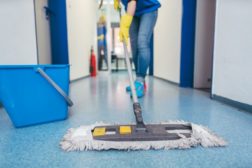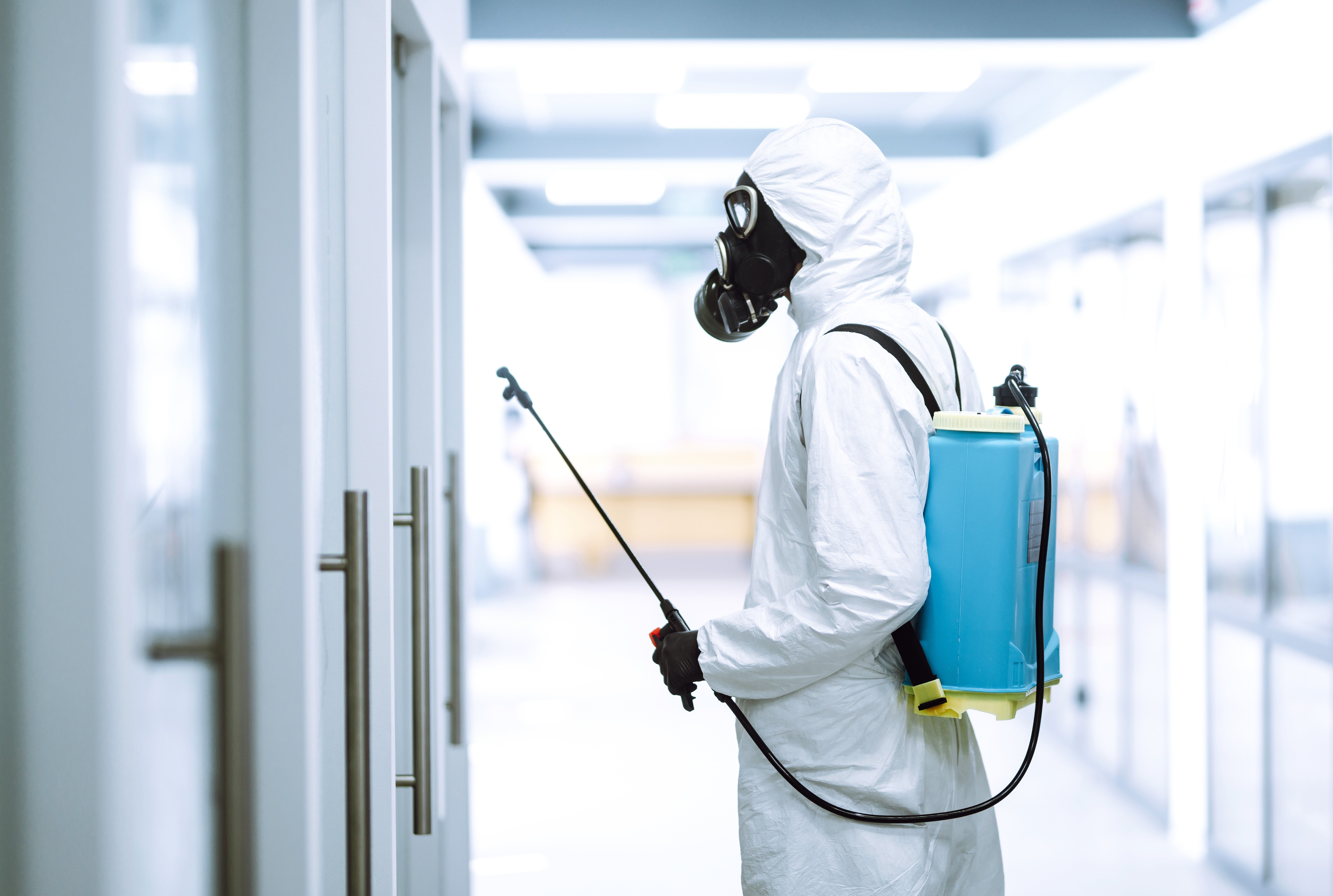Home » cleaning
Articles Tagged with ''cleaning''
Get our new eMagazine delivered to your inbox every month.
Stay in the know on the latest safety trends.
SUBSCRIBE TODAYCopyright ©2024. All Rights Reserved BNP Media.
Design, CMS, Hosting & Web Development :: ePublishing
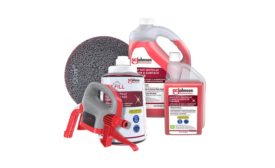
.jpg?height=168&t=1703003924&width=275)
